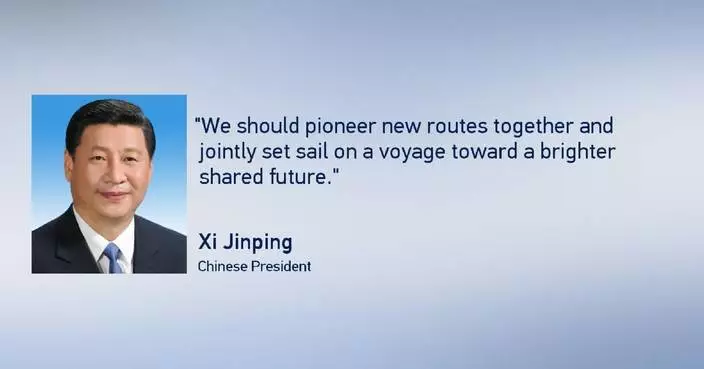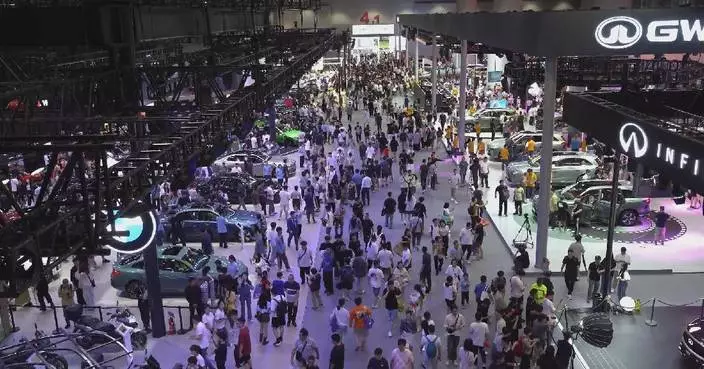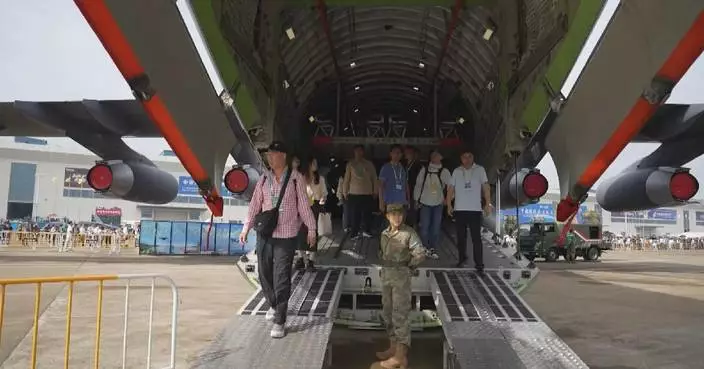Shanghai on Saturday expanded its piloting of an "open fare gates" mode at subway stations in a bid to facilitate passenger flows during rush hours.
In April, Shanghai started keeping turnstile gates open at Zhanghuabang Station on Line 3, Yangshupu Station on Line 4 and Wuzhong Road Station on Line 15, so that the passengers could enter or leave the stations more quickly after paying with their transport cards or smart phones.
Shanghai on Saturday increased the pilot station number to 21 to collect data until June next year, when relevant authorities will assess the data and decide whether to further the measure.
"It's convenient and smart, with the passengers passing through the fare gates fast," said a passenger.
"We will continue to arrange staff and volunteers to guide the passengers, until the passengers get comfortable with the measure," said Chen Lei, an official with Line 9 of Shanghai Metro.
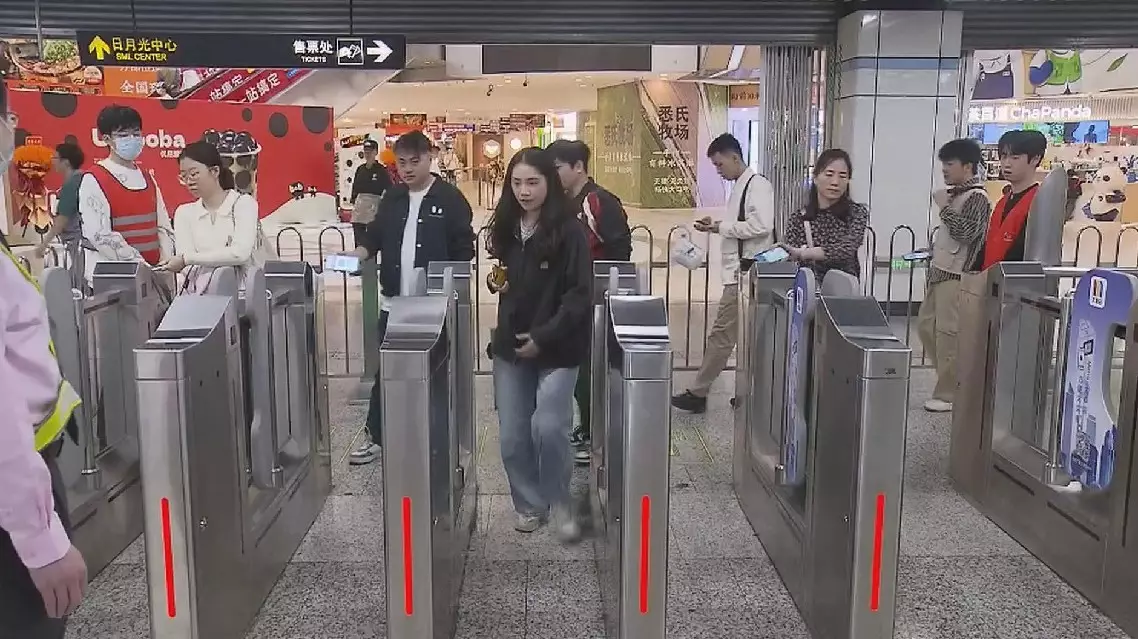
Shanghai expands "open fare gates" piloting to facilitate subway passenger flows
China and the United States should work together to build a resilient supply chain and a sustainable future when the rhetoric of decoupling and derisking is making a great clamor, said Ren Hongbin, chairman of the China Council for the Promotion of International Trade on Friday.
At a business event during the APEC Economic Leaders' Week that wrapped up Saturday in the Peruvian capital Lima, Ren emphasized that in an era of globalization, the resilience and sustainable development of the supply chain is crucial.
He reiterated China's unwavering commitment to maintaining an open and fair international trade environment and stressed that China and the United States should work together to face challenges and seize opportunities for mutual benefit.
"It was a very successful story about cooperation between China and the U.S. in the APEC meeting. So actually, we worked together with other parties to put forward, actually, the principle, how to safeguard the resilience and sustainable development of the supply chain. That is echoed by many business communities there," Ren said.
To this end, Ren highlighted several principles to follow.
"So first, to try to work together to promote the resilience and sustainable development. Second, we have to push the governments to make suitable policies, to adjust the policies to suit the cooperation of the supply chains. And also, I think the last but not least (is) to also [go] against the protectionism," he said.
Ren called for efforts to stand up to protectionism and unilateralism.
"So the tariffs, actually, we must clarify that it's a very typical protectionism, protectionist measures there. So actually, China firmly opposed against that. But I think as the business community, we have to speak our voice there to [go] against such kind of protectionism there," he said.
U.S. President-elect Donald Trump has threatened to impose additional tariffs of 60 percent to 100 percent on goods brought in from China and install a blanket tariff of 10 to 20 percent on the rest of the world.
During his meeting with U.S. President Joe Biden in Lima on Saturday, Chinese President Xi Jinping stressed that neither decoupling nor supply-chain disruption is the solution to unprecedented challenges in this turbulent world. Common development can only be achieved through mutually beneficial cooperation, he said.
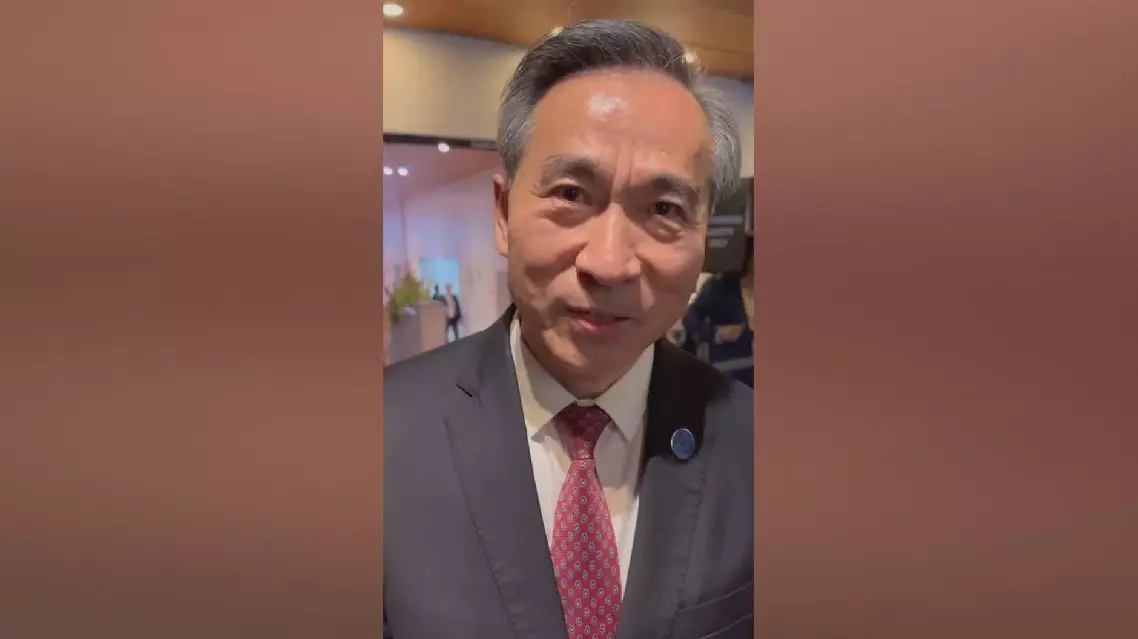
China, U.S. need to build resilient supply chain: trade official
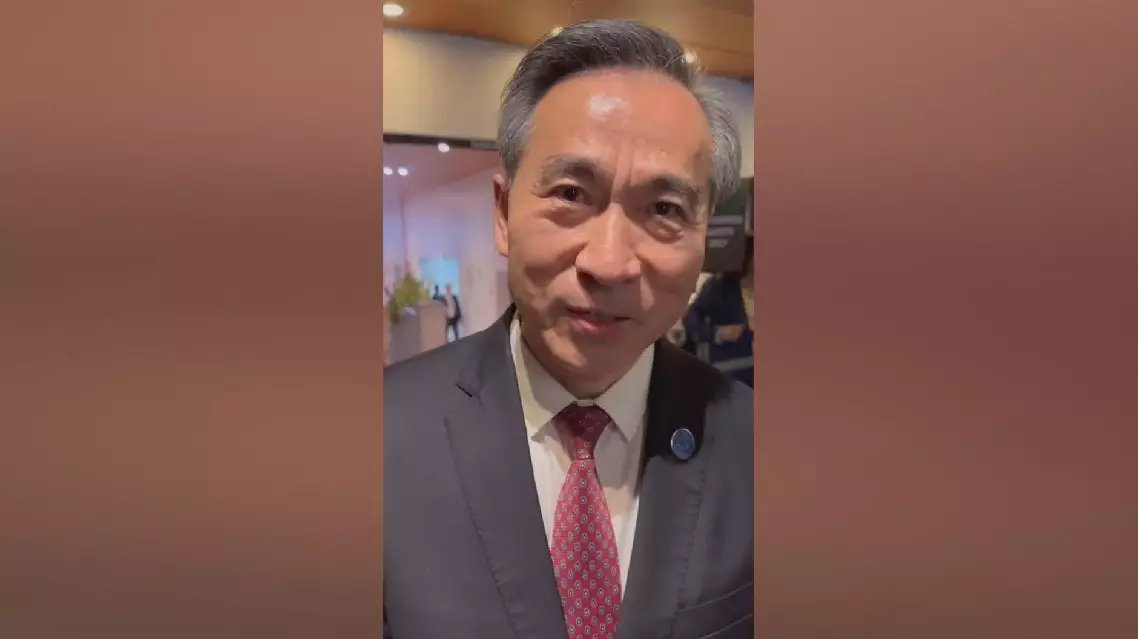
China, U.S. need to build resilient supply chain: trade official





